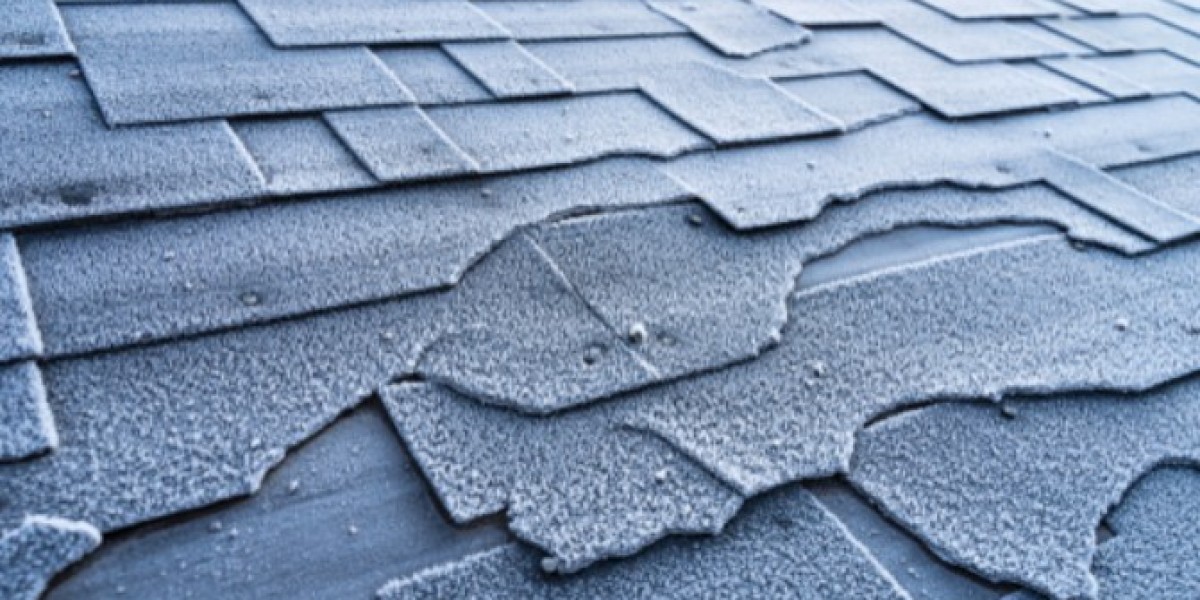A roof leak is one of the most stressful problems a homeowner can face—especially when it happens unexpectedly during heavy rain, snow, or a storm. Water starts dripping from the ceiling, walls become wet, and before long, you may find yourself scrambling for buckets, towels, and anything you can grab to stop the flow.
Roof leaks don’t fix themselves, and in an emergency, fast action is essential. Even a small leak can cause major damage to your home within minutes. Knowing exactly what to do right away can save you from costly repairs, protect your belongings, and keep your home safe until a professional roofer arrives.
This guide walks you through the immediate steps to take during a roof leak emergency, how to minimize damage, and what you should NEVER do.
1. Stay Calm and Identify the Source of the Leak
When water starts entering your home, the first reaction is panic—but staying calm helps you act quickly and correctly.
The water you see inside your home is not always directly below the leak in your roof. Water can travel along rafters, beams, and insulation before dripping into a visible area.
Steps to Locate the Leak
Look for dripping, water stains, bubbling paint, or ceiling bulges.
Trace the ceiling wet spot upward visually.
Check the attic with a flashlight (if it’s safe) for damp wood, water trails, or puddles.
Listen for dripping sounds inside walls or attic spaces.
If climbing into the attic is unsafe due to electrical hazards, slippery surfaces, or darkness, wait for a professional. Safety always comes first.
2. Protect Your Home and Belongings Immediately
Water from a roof leak can damage flooring, furniture, electronics, artwork, and sentimental items in minutes. The faster you protect your belongings, the less damage you’ll face.
Take These Steps Right Away
Move furniture and valuables out of the affected area.
Use buckets, containers, and plastic totes to catch dripping water.
Place towels around leak zones to absorb moisture.
Cover furniture with plastic sheets, tarps, or garbage bags if it cannot be moved.
Preventing water from spreading saves you from additional cleanup and repair costs later.
3. Relieve Pressure From a Sagging Ceiling
One of the most dangerous signs of water leakage is a sagging or bulging ceiling. This happens when water pools above the ceiling material.
Why You Must Relieve the Pressure
A swollen ceiling can collapse suddenly—damaging the room and creating a dangerous situation for anyone underneath it.
How to Relieve Ceiling Pressure Safely
Put a bucket under the swollen area.
Use a screwdriver or small nail to create a tiny hole to let the water drain.
Allow the water to drip out slowly and steadily.
This prevents an explosive collapse that could cause further structural damage.
4. Temporarily Control the Leak From Inside
If you can’t immediately reach the roof or conditions are dangerous (rain, snow, lightning), you still have ways to control the leak from inside your home.
Create a Temporary Drainage Path
Place buckets directly under the drip.
Create an artificial funnel using a large plastic container or tarp, directing water into buckets.
Position towels or blankets to absorb overflow.
Reduce Interior Damage
Use fans to help circulate air and dry damp areas.
Run a dehumidifier to prevent mold growth.
Avoid plugging in or using electrical devices near the leak area.
Your goal is not to fix the leak but to minimize damage until professionals arrive.
5. If Safe, Add a Temporary Tarp on the Roof
A roofing tarp is one of the most effective emergency solutions to immediately stop rainwater from entering your home.
However—only attempt this if weather and conditions are safe. Never climb on the roof during rain, snow, lightning, or strong winds.
How to Tarp the Roof Temporarily
Choose a heavy-duty, waterproof tarp large enough to cover the damaged area.
Secure it with roofing nails or 2x4 boards to prevent wind from lifting it.
Ensure the tarp extends several feet beyond the damaged section to fully block water intrusion.
A tarp isn't a long-term fix, but it can buy you time until the roof can be professionally repaired.
6. Avoid Common Mistakes Homeowners Make During Roof Leaks
In emergency situations, people often make quick decisions that worsen the damage. Avoiding these mistakes protects both your home and your safety.
Mistakes to Avoid
❌ Trying to fix the roof during a storm
❌ Walking on a slippery roof
❌ Using makeshift materials like duct tape or cardboard
❌ Ignoring small drips
❌ Assuming the problem will stop when the storm ends
❌ Letting water accumulate in the ceiling
❌ Overloading outlets or using appliances in wet areas
Remember: emergency actions are temporary. Only a professional can diagnose and repair the underlying issue.
7. Document the Damage for Insurance Purposes
Roof leaks often lead to home insurance claims. Proper documentation increases the likelihood of reimbursement.
How to Document Your Roof Leak
Take photos of the leak, damage, and affected areas.
Capture images of the roof from the ground, if visible.
Save receipts for tarps, fans, and temporary supplies.
Write down dates, times, and weather conditions.
Document any professional repair quotes you receive.
The more information you record, the stronger your insurance claim will be.
8. Understand Common Causes of Emergency Roof Leaks
Knowing what likely caused the leak can help you provide accurate information to roofers and predict potential future issues.
Most Common Causes of Sudden Roof Leaks
Missing or blown-off shingles
Damaged flashing around chimneys or vents
Clogged gutters causing water backup
Ice dams
Roof punctures from falling branches
Worn-out underlayment
Poor roof installation
Aging roofing materials
Cracked vent boots
Roofers will inspect these areas during the emergency call, but reviewing the likely causes can help them prepare beforehand.
9. Call a Professional Roofer Right Away
Emergency roof leak repair is not a DIY task. Even if you're able to temporarily slow the leak, only a professional has the training, equipment, and expertise to diagnose and repair the issue fully.
A Professional Roofer Will:
Identify the exact source of the leak
Inspect the roof decking, flashing, and shingles
Repair damaged materials
Install temporary or long-term solutions
Check for internal damage
Provide recommendations for future maintenance
Delaying professional help almost always leads to more severe and costly damage.
10. After the Leak: Prevent Future Emergencies
Once your roof is repaired, it’s important to adopt preventive measures to avoid future leaks—especially during storms.
How to Prevent Future Roof Leaks
Schedule annual roof inspections
Keep gutters clean
Trim tree branches near the roof
Replace cracked or worn shingles
Seal and maintain roof flashing
Ensure proper attic ventilation
Remove snow buildup during winter
Check attic insulation regularly
Proactive maintenance is the best defense against unexpected roof emergencies.
Final Thoughts
A roof leak can happen without warning, but your response doesn’t have to be chaotic. Taking the right steps during an emergency can protect your home, reduce repair costs, and keep your family safe.
Remember:
Act quickly but safely
Protect your belongings
Control interior water flow
Use temporary fixes only when conditions are safe
Call a professional immediately
Roof leaks rarely stay small. Addressing them right away is the key to preventing long-term damage, mold growth, and expensive repairs.
Don’t wait for a small leak to turn into major damage. Protect your home with fast, reliable service from trusted professionals in your area. If you’re dealing with an urgent roofing issue, reach out today for expert roof repair Calgary and get your home secured before the next storm hits.








